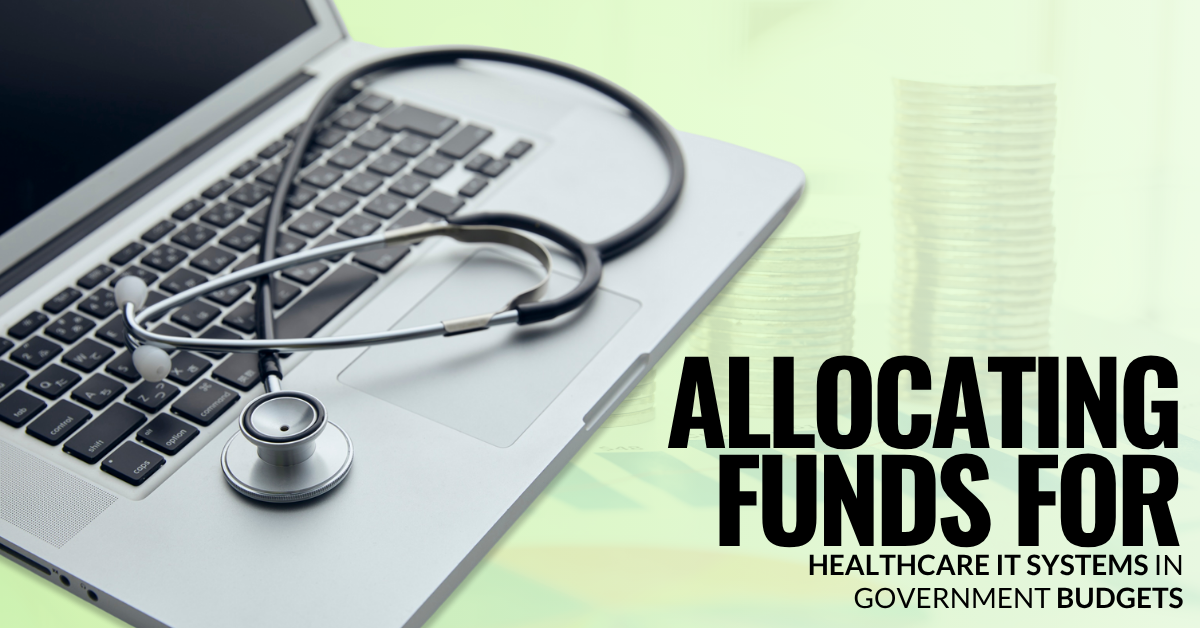
In the face of tightening government budgets and rising healthcare costs, allocating sufficient funds to healthcare IT systems is no longer optional—it's essential. The digitalization of healthcare through automation, data management systems, and artificial intelligence can drastically enhance service quality, patient experience, and operational efficiency. Government investment in healthcare IT is now a strategic imperative that determines the resilience and responsiveness of national healthcare infrastructures.
Between 2010 and 2020, federal funding for Medicaid witnessed a sharp decline of 11%, attributed to factors like the Affordable Care Act and broader economic challenges. As a result, public and private healthcare providers alike are struggling to balance their budgets while maintaining service quality.
The ripple effects of this underfunding have been profound:
These challenges underscore the need for strategic allocation of funds towards healthcare IT systems to create a sustainable, future-ready healthcare ecosystem.
Investments in healthcare IT—particularly in electronic health records (EHR), hospital information systems (HIS), and telemedicine platforms—can streamline operations. By digitizing patient records and integrating systems across departments, healthcare providers can significantly cut down on redundant tasks and administrative overhead.
Predictive analytics, AI, and machine learning enable real-time risk analysis, personalized treatment planning, and preventive care. These technologies lead to better clinical outcomes while reducing long-term healthcare costs, aligning well with the objectives of publicly funded programs.
With stringent healthcare regulations like HIPAA and HITECH, the need for secure and compliant systems is greater than ever. Modern IT platforms with built-in security and auditability make it easier for institutions to remain compliant and avoid costly legal pitfalls.
To maximize the ROI from healthcare IT systems, government budgets must be thoughtfully allocated across several core domains:
Funding should prioritize:
With sensitive patient data at stake, investment in advanced cybersecurity systems such as encryption, intrusion detection, and disaster recovery protocols is non-negotiable.
Technology is only as effective as its users. Budgets must include resources for training healthcare professionals, IT staff, and administrators on how to effectively utilize and manage new systems.
One of the most impactful areas for investment is process automation. From administrative duties to clinical diagnostics, automation enhances performance, reduces human error, and increases throughput.
RPA can handle repetitive tasks like:
This not only reduces workload but also frees up staff for patient-facing roles, improving service quality.
AI-driven chatbots and virtual assistants help manage patient queries, monitor post-treatment progress, and streamline triage. ML algorithms assist in diagnosing illnesses, predicting outbreaks, and personalizing treatments.
Blockchain ensures tamper-proof, transparent, and decentralized health records. This enhances data security, supports interoperability, and reduces administrative burden.
While often overlooked, the automation of financial operations like Accounts Payable (AP) is vital for financial health in healthcare institutions.
Automated AP systems handle:
This leads to a massive reduction in human error and fraud risk, while significantly lowering processing time.
Ascend, a leading AP automation provider, has revolutionized AP systems in healthcare. Their Touchless processing technology allows up to 95% of invoices to be processed automatically, resulting in:
By embracing such platforms, healthcare organizations can achieve cost savings, increased accuracy, and a clearer audit trail—freeing up capital for critical patient care and R&D investments.
To mitigate budget limitations, governments should explore collaborations with private tech firms. Public-private partnerships can accelerate digital adoption by:
Such collaborations can build digital-first healthcare ecosystems that are both inclusive and sustainable.
Healthcare leaders and policymakers must adopt a forward-thinking approach to funding. Strategic allocation towards IT systems will:
In an era where every penny counts, investing in healthcare IT systems is not an expenditure—it’s a high-return investment in public health, economic stability, and societal well-being. The more governments support this digital transformation, the faster we can build a sustainable, efficient, and patient-centric healthcare ecosystem.